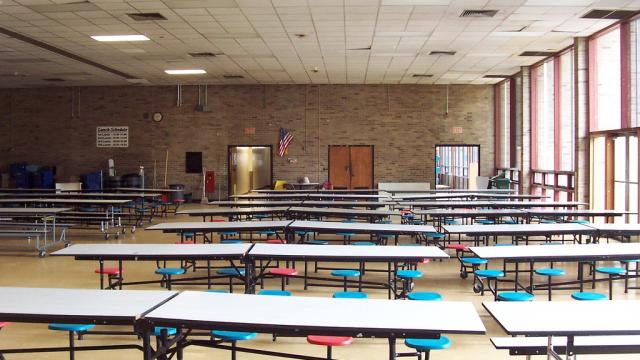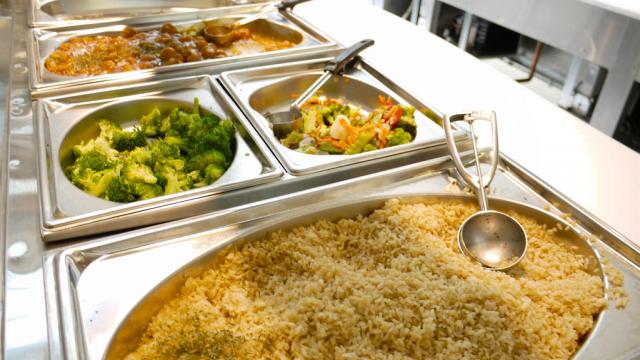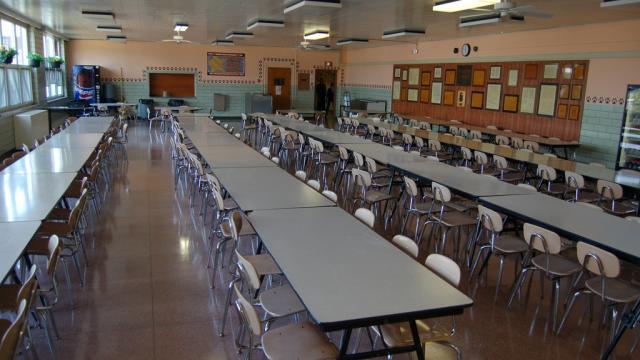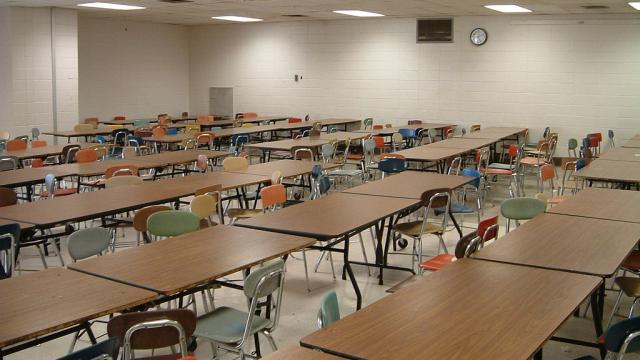We are Urban Elite Designs and for our next project we are going to rebuild Mira Loma's school cafeteria.This is due to the fact that there have been complaints amongst the student population that the current cafeteria is to small and needs an upgrade. We feel we are most qualified for this project because in our past projects we have remodeled and reconstructed buildings for the reasons stated as well as the fact that they have become more Earth friendly. Our current staff members are as followed:
•Directors of Exterior Building Design: Desirae Lasalle and Millie Flores who are working together for an innovative design.
•Director of Interior Building Design: Katie Korolevych who is moving towards a practical yet modern interior design to better the cafeteria.
•Director of Interior Décor Design: Amira Matin who is incorporating style and modernism to make our cafeteria a more stylish, fun environment to spend time in.
•Director of Landscape Design: Kiely Pilcher who is striving for a new, fresh type of landscape design with incorporated school spirit throughout it all.
•Director of Community Relations: Danielle Lechuga who is getting to know the neighborhood and relations within it to further better our school arrangements and layout.
•Director of Sustainability and Energy: Marcus Millan who is progressing towards energy efficiency within our designs and further bettering the structures and designs.
Mira Loma High School is a public school in San Juan Unified School District, located in Sacramento, California. It opened in 1960 and the current number of students at the school is over 1,800. There is approximately 100 staff members which include sixty teachers, four counselors, and six administrative members. The current number of support personnel is seventeen, which includes the electrical and landscaping.
Some of the challenges and problems we have learned from the panel and student interviews are to do with water conserving, certain building requirements, and the general layout of the cafeteria itself. Water conservation plays a big part in everything we do, because we want to be Eco-friendly and conserve as much as possible. The out of date equipment also presents a huge problem because it wastes energy and increases the utility bills. With a new layout for the cafeteria we hope that will make everything more time and space efficient.


































Comments
How does your logo fit into the reputation of your firm? what do you specialize in? how will you Brand that concept throughout?
Director of Exterior Design (Millie Flores and Desirae LaSalle)
Considering that the building is over 50 years old, it is lacking in modern energy efficient technology. With such a large rooftop the immense amount of space seems to be going to waste, so to make more efficient use of the space solar panels should be added. Also, the current windows are not energy efficient and should be replaced by double pane windows that would act as a natural insulator, keeping reasonable temperatures during seasons, while still being energy efficient.
Originally this building was called "the cafetorium" because it served the purpose of a cafeteria during school hours and as an auditorium for community events. What is currently the "black box theater" used to share a uniform space with the cafeteria. However, a wall was installed separating the theater from the cafeteria, eliminating the former stage.